Every morning begins with a clock and a capsule. For millions of people, stimulant medication has become the thin thread that steadies focus, quiets noise, and restores function. The connection between ADHD treatment and dependence hovers quietly in the background of that routine – two ideas that share space but rarely meet eye to eye. Yet the border between mental health treatment and reliance isn’t always visible. It can blur slowly, through dosage adjustments, skipped meals, restless sleep, or a growing attachment to the clarity that medication provides.
The science is firm: stimulants can help rewire attention patterns and improve self-control. But humans are soft machines. The mind tends to grow fond of things that make it feel whole, and sometimes that fondness creeps beyond the prescription.
The Balancing Act
Living with ADHD often means navigating between stimulation and rest. Medication like Adderall or methylphenidate can bring a sense of order to the chaos—sharpening attention, easing distraction, and helping the mind stay anchored in the present. For many, this shift feels like clarity finally replacing static. Yet the same focus that fuels productivity can sometimes blur the line between use and reliance.
Dependence doesn’t always stem from misuse. Often, it starts with appreciation. The medication works, focus improves, and the rhythm of daily life begins to depend on that chemical alignment. Over time, tolerance can creep in. A slightly higher dose might seem necessary to reach the same level of control. That isn’t always addiction in the strict sense—it’s the quiet intertwining of medication and motivation, a subtle trade-off between stability and self-trust. Recognizing that pattern early helps keep Adderall as a support system rather than the centerpiece of function.
Once the workday ends and the medication starts wearing off, another challenge appears: how to calm down from Adderall without feeling drained or restless. The shift can be physical as much as mental—the body slows while thoughts keep racing. Simple grounding strategies can help ease that transition. Practicing deep breathing helps regulate the nervous system, while light physical activity like stretching or walking burns off leftover energy. Taking the medication earlier in the day gives the body time to settle naturally before sleep, and maintaining a consistent sleep schedule supports recovery. These small habits help the mind and body reconnect, turning the cooldown into part of a healthy daily rhythm instead of a crash.
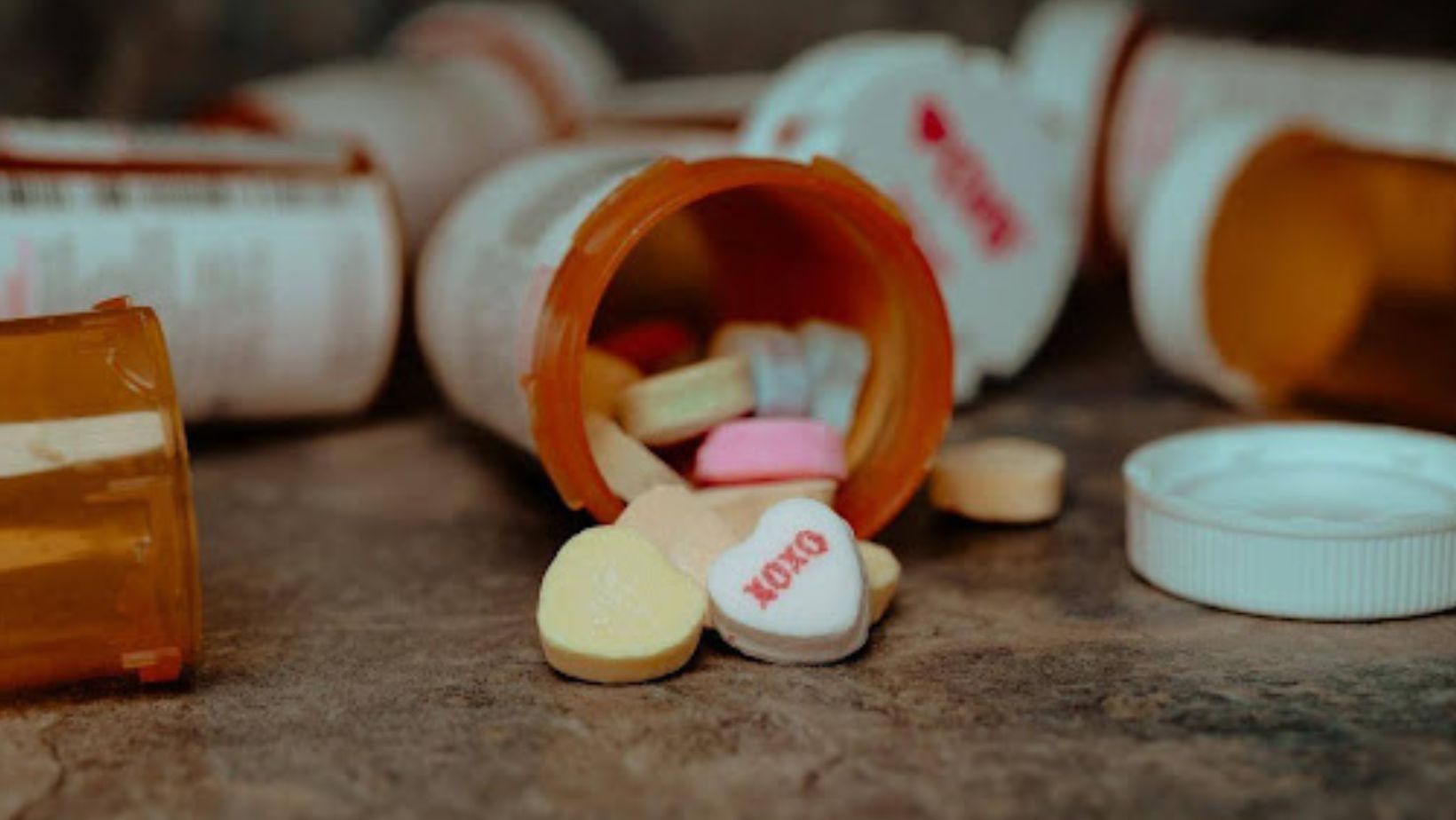
The Modern Flood of Treatments
In recent years, a quiet expansion has unfolded. According to a study published by the National Library of Medicine, the number of approved treatments and clinical trials for ADHD has increased markedly during the recent decade. That signals progress and promise – but also complexity. Each new pill, patch, or extended-release option brings hope for better symptom control, fewer side effects, and smoother transitions between doses. Yet the abundance can also create confusion.
People are switching brands, adjusting doses, chasing the medication that feels most “natural.” Some describe a sense of being tuned to the wrong frequency – too sharp in the morning, too foggy by afternoon. Others start micro-managing their doses, cutting pills, splitting times, experimenting. The line between medical management and self-management thins. Doctors see patients who can no longer tell whether they feel “normal” or “medicated.” And that confusion feeds a quiet dependence – less on the drug itself and more on the state of being perfectly aligned by it.
The Psychology of the Pill
There’s a psychological layer to stimulant dependence that’s easy to overlook. It’s not just chemical craving – it’s identity. People begin to associate their most productive, articulate, or social selves with the medicated version of their brain. Without it, they might feel dull or muted. This emotional attachment can be stronger than the physical pull.
The social world reinforces it. Employers reward efficiency. Students compete under pressure. Parents celebrate good grades. Somewhere in the middle of all this validation, the medication becomes a silent partner in success. Its presence feels indispensable. When the bottle runs out or the pharmacy delays a refill, anxiety sets in – not just about withdrawal, but about losing the version of oneself that the stimulant created.
The irony is that this same medication, prescribed to help regulate attention and impulse, can itself become the focus of obsession. The attention turns inward. The user watches for symptoms, side effects, mood swings, and energy crashes. The mind becomes its own lab, running constant tests on itself.
Red Flags in Disguise
Dependence rarely announces itself loudly. It hides inside reasonable explanations: “I just need to finish this report,” or “It helps me stay consistent.” But certain signs suggest the balance is slipping: Increasing doses without consulting a doctor. Using medication to offset fatigue rather than manage attention, and feeling anxious when a dose is missed. These subtle cues accumulate until the person feels out of sync without the stimulant.
Sleep disturbance is often the first clue. Then comes irritability, appetite loss, and emotional flattening. Over time, the cycle of focus and crash can mimic anxiety disorders or mild depression. The person might interpret these symptoms as proof they need the medication more than ever, highlighting the fine line between ADHD treatment and dependence. The loop tightens.
Professionals recommend monitoring patterns rather than isolated events. If every solution begins and ends with a pill, it might be time to step back. The goal of treatment is to regain agency – not to hand it over to a capsule.
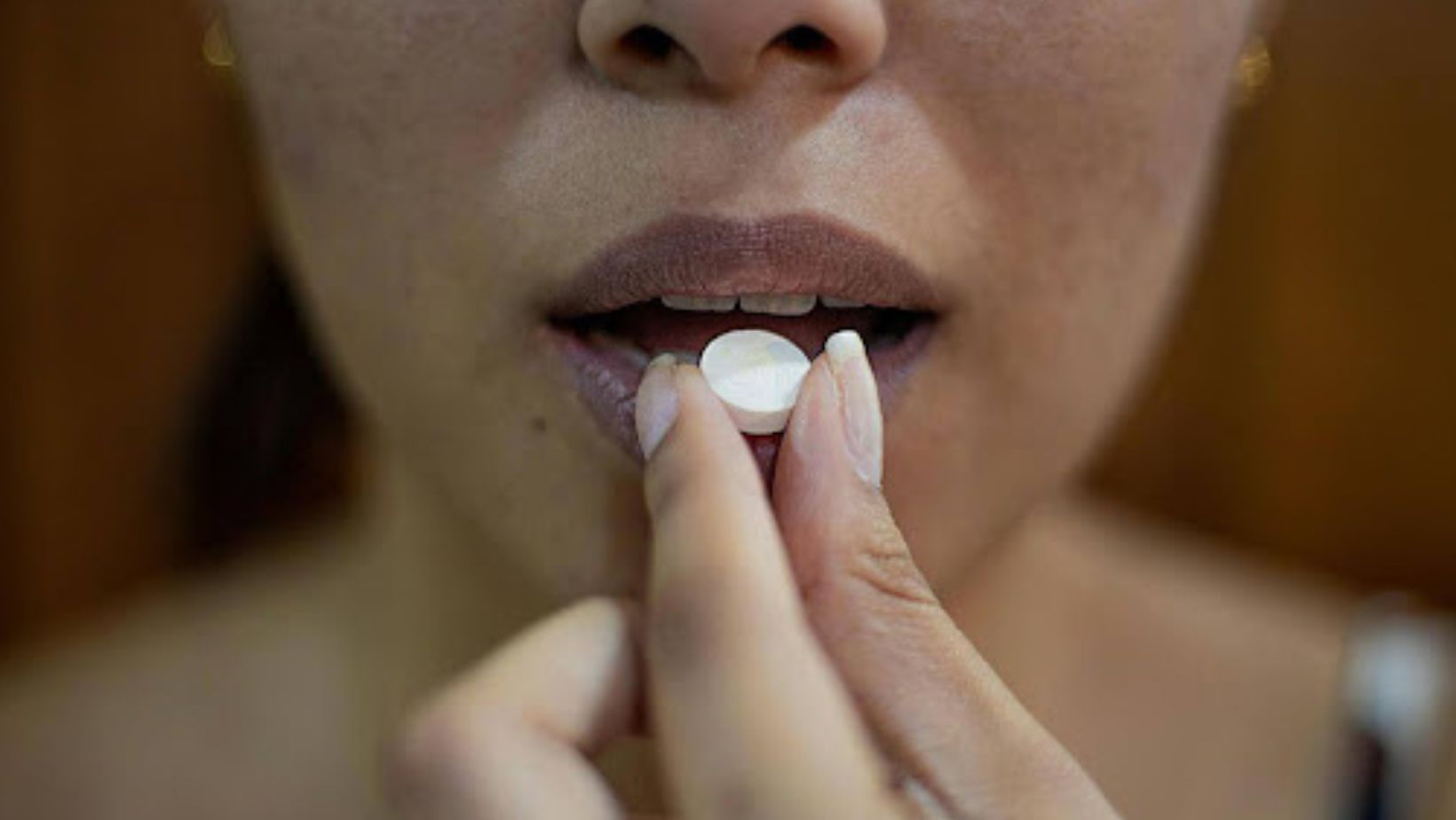
Beyond the Prescription
Some clinicians suggest short medication breaks, supervised and planned, to reset tolerance and reintroduce natural focus rhythms. Others integrate behavioral therapy, mindfulness and meditation, and structured schedules to support functioning without constant pharmacological aid. The idea isn’t to replace medication but to reframe its purpose – from a continuous crutch to periodic support.
Therapy can help reestablish internal cues for rest, motivation, and concentration. Exercise and diet also play their part, supporting neurotransmitter balance and reducing post-stimulant crashes. But the most crucial element is awareness: paying attention not just to productivity but to dependency signals.
In the larger medical conversation, dependence should not be seen as a moral failure or weakness. It’s a natural risk built into any intervention that changes brain chemistry. What matters is how we respond to it – with structure, supervision, and humility.
The Thin Border Between ADHD Treatment and Dependence
The phrase ADHD treatment and dependence captures a truth that modern medicine still wrestles with: every solution carries the shadow of its potential misuse. The very tool that rebuilds attention can also fracture self-trust if used without reflection. The challenge lies in maintaining balance – using science to empower, not to replace, the self.
The fine line will always exist because the human brain doesn’t operate in absolutes. It adapts, attaches, compensates. The best safeguard is vigilance paired with compassion – for the self that needs help, and for the self learning to manage without it.
In the end, the goal of ADHD care isn’t perfect focus. It’s a steady, sustainable sense of agency. The capsule should serve the person, not define them. When that balance holds, treatment remains treatment – and dependence stays just beyond the line.

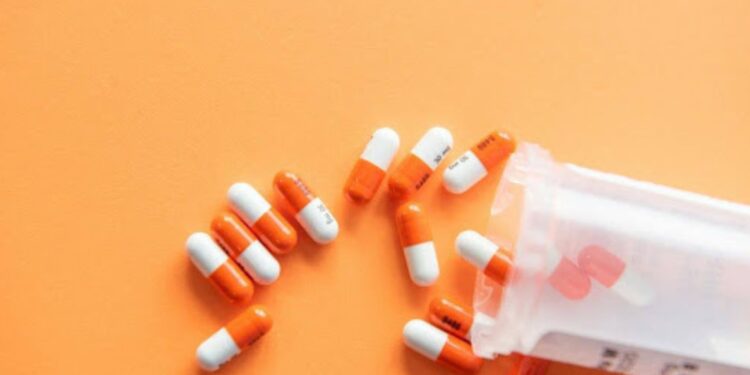

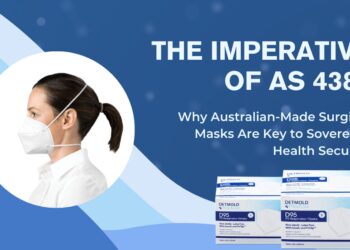


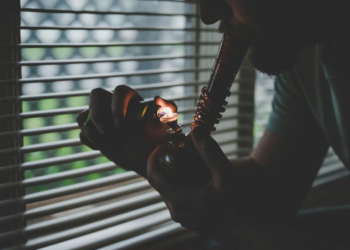







Discussion about this post